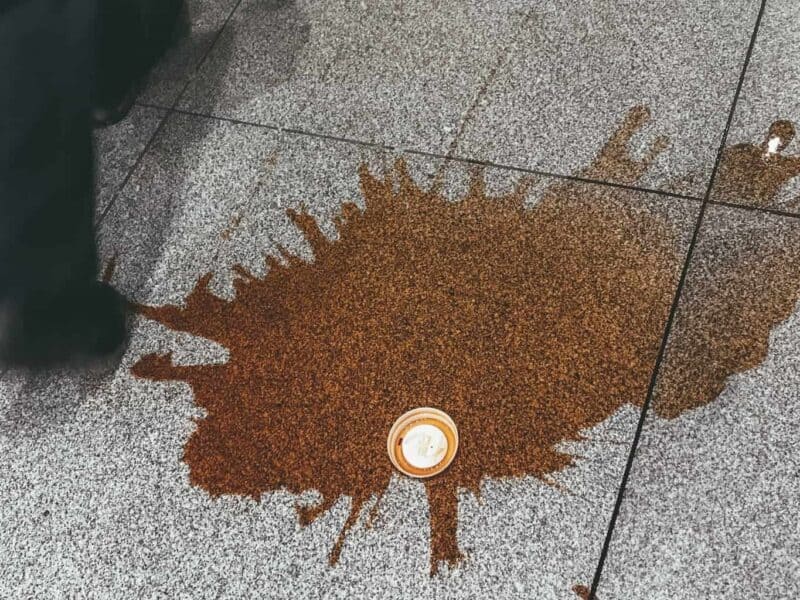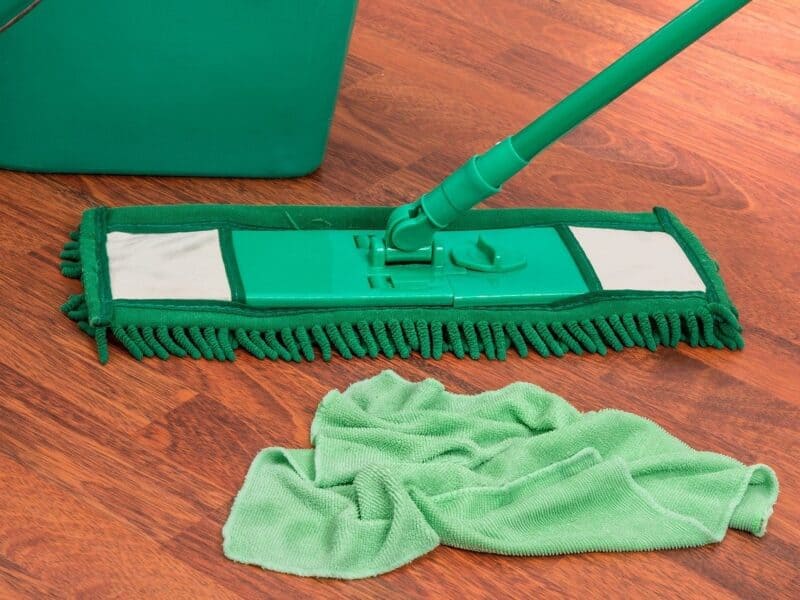
Marble floors look majestic and in the right setting are incredibly luxurious. But marble needs regular and frequent maintenance to keep it looking that way and if it doesn’t receive this level of care you can soon be looking at a restoration project.
Hard But Delicate Marble Floors
Ideally marble should be mopped with just warm water, or if necessary a small amount of a pH neutral detergent, daily and then thoroughly dried. In many situations this is impractical, so it should be enough to do this weekly but individual spills must be attended to immediately.
Despite the shine and hard surface marble is actually very porous, so many ordinary household spills can leave hard to Remove Stains.
Liquids with dyes in them such as tea and red wine will soak in very quickly. Other substances can react with the marble and lead to discolouration; vinegar, lemon juice and many household Cleaning Products will do this and salt can corrode and pit the surface.
The other danger to marble is scratching, so great care needs to be taken with moving furniture and the floor should be swept regularly to clear up grit and dirt which could be scraped along buy the sole of someone’s shoe.
Restoration of a Marble Floor
So what should you do if these steps haven’t been followed, or you have just moved into a house where the marble floor is just one of the items needing restoration?
The two key steps are chemical stain removal followed by abrasive cleaning which removes the top layer of the marble to reveal the pristine surface below. Once this is done the surface can be polished and then sealed.
Bad stains should be treated before the abrasive process is begun. Bleach is probably the only thing that will remove a dye-based stain although this should be applied with extreme care because it is hazardous to the skin and many other surfaces in the home.
Abrasive Polishing
The abrasive process can be done by hand in order to polish out individual marks and stains but for the restoration of a complete floor this is impractical and polishing machines should be employed.
These can be hired from many tool hire shops but if you have no previous experience of this level of polishing marble it might well be worth calling out a professional marble floor cleaning and restoration company.
The floor polisher should be used with different grades of polishing disc, starting with coarse and working down to the finest. Diamond discs are common but make sure they are rinsed off regularly and swapped out as soon as they begin to feel smooth to the touch.
Once a fine layer has been removed from the top surface of the marble floor it will begin to look like new again. Follow up with a polishing disc to restore the characteristic shine of marble.
To Seal or Not to Seal?
You may want to finish off by giving the marble floor a coat of impregnating sealer but the jury is out as to whether this is good practice or bad.
The sealer will certainly improve resilience to stains and small scratches and most of them will make the floor less slippery, which could be a bonus if there are young or elderly people in the house.
But on the debit side, the sealer cannot prevent all stains, simply give you a lot more time to get to them and clear them up before a stain sets in.
The other point is that the sealant layer itself can discolour over the years. Because it is a product that impregnates the porous top surface of the marble floor, removing the sealer in order to reapply a new layer is in itself a difficult and expensive process.
So the best thing you can do is take advice from the professionals and anyone you know who has lived with a marble floor for any length of time then make your own decision.


